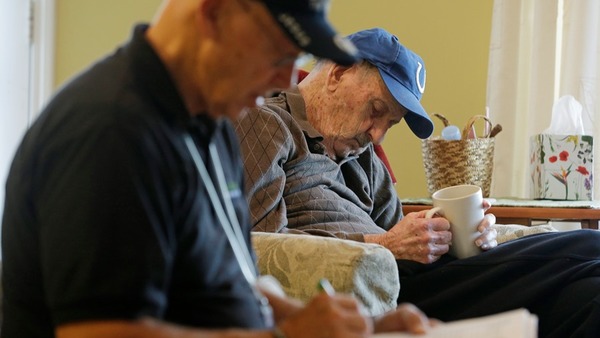On Thursday, May 14, 2015, at a meeting of the American Bar Association’s Healthcare Fraud Section, Leslie Caldwell, the Assistant Attorney General for the Department of Justice (DOJ) Criminal Division, declared stamping out healthcare “fraud and holding those who commit this fraud accountable are core missions of the Criminal Division and the Justice Department.” In addition to the ongoing operations of her team of more than 40 specialized healthcare prosecutors at the DOJ, Medicare Fraud Strike Force, and local United States Attorneys’ Offices, AAG Caldwell also described a renewed and intensified focus on executives and corporations:
The Strike Force will follow evidence of healthcare fraud wherever it leads, including into corporate boardrooms and executive suites. The Criminal Division has a long record of holding executives responsible for their criminal wrongdoing in cases involving financial fraud. You should expect to see us building on that record in the field of healthcare fraud.
No stranger to corporate prosecutions, as the former director of the Enron Task Force, AAG Caldwell cited the immense resources at her disposal for combating healthcare fraud across the country. Pointing to more than a dozen active corporate healthcare fraud investigations currently under way at DOJ, she made clear that the bar should expect to see more action in this area. AAG Caldwell has reason to be optimistic about the overall success of her renewed healthcare focus, as the Strike Force has made an imposing start:
In the last fiscal year alone, the Strike Force charged 353 defendants. Of those 353 defendants charged, 304 pleaded guilty and 41 were convicted at trial. The Strike Force has an overall conviction rate of 95 percent—a spectacular rate of success considering the volume and the complexity of the prosecutions—and secures prison sentences averaging more than 50 months.
AAG Caldwell further stressed the importance of cooperation for companies that have discovered healthcare fraud, noting “put simply, companies seeking credit for cooperation must conduct a thorough internal investigation and turn over all available evidence of wrongdoing to our prosecutors in a timely and complete way.” The hallmarks of cooperation, she emphasized, were candor and completeness. According to AAG Caldwell, DOJ will expand its geographic scrutiny of potential fraud hot spots to include New York, Dallas, Houston, Detroit, Chicago, and Los Angeles, meaning more companies are going to be under increased scrutiny than ever before.
With AAG Caldwell’s remarks in mind, it is incumbent on all healthcare companies and executives to implement and enforce rigorous compliance policies and programs. In many ways the vanguard of fraud prosecutions, AAG Caldwell also stressed the importance of cybersecurity measures to prevent the fraudulent acquisition or use of patient data. This latter aspect is likely to permeate all fraud prosecutions in the future, as companies face increased pressure to protect client and customer data, but it is nowhere more scrutinized at this time than in the healthcare sector.
Read more:
Read more:



